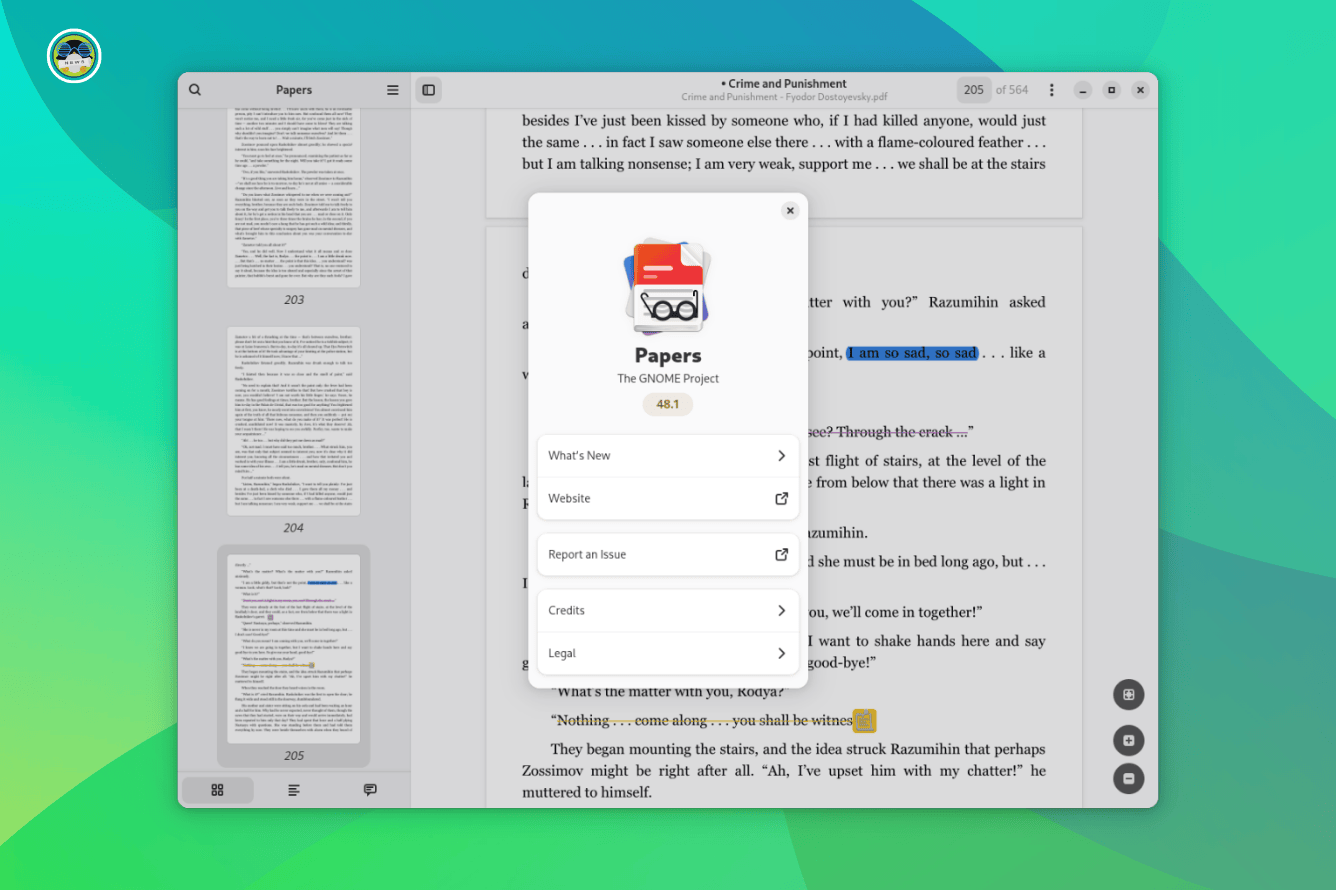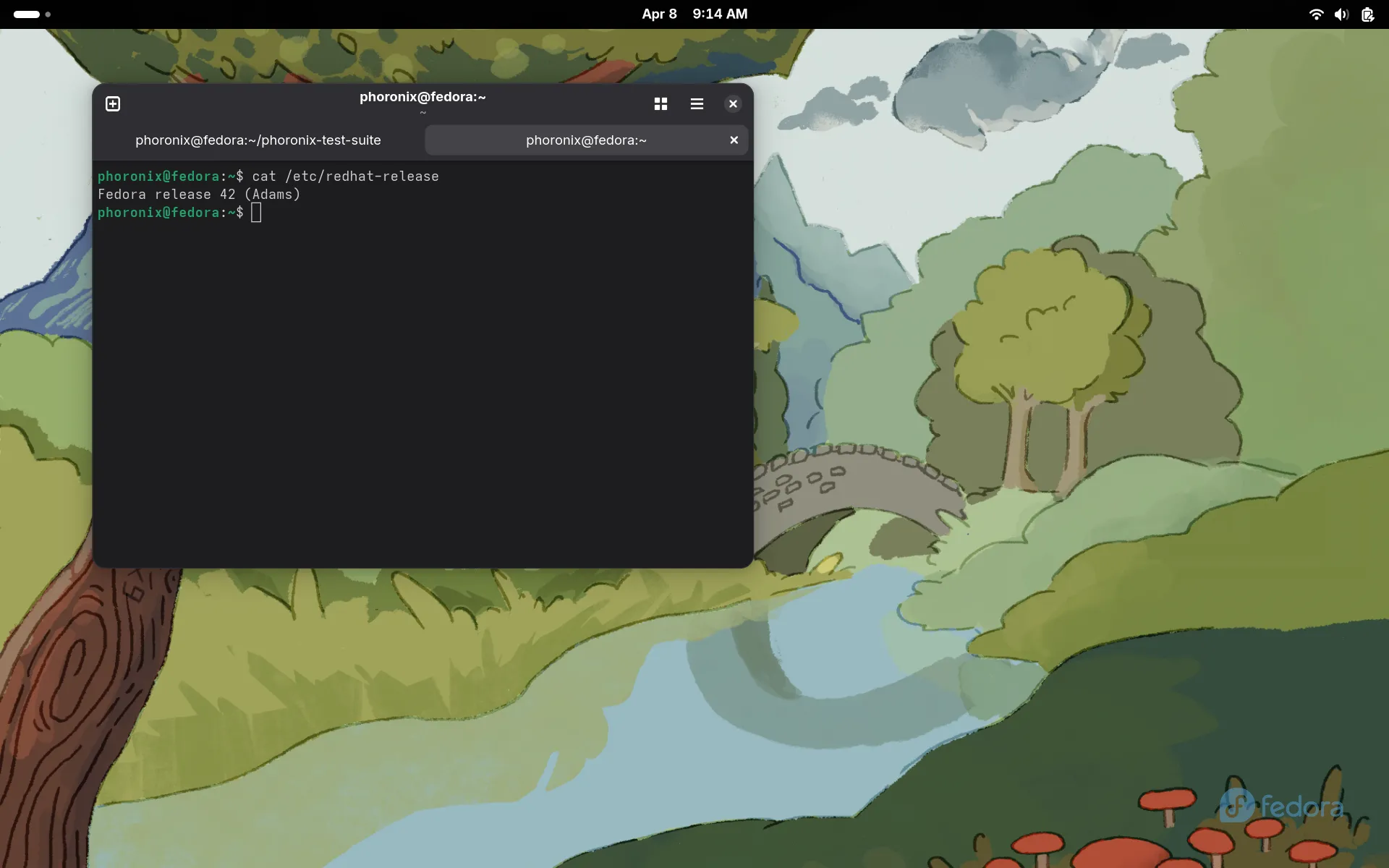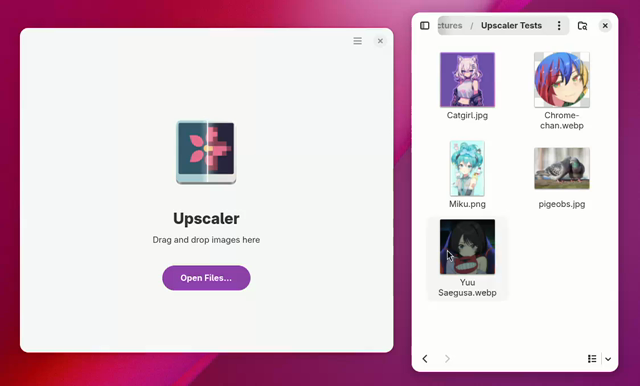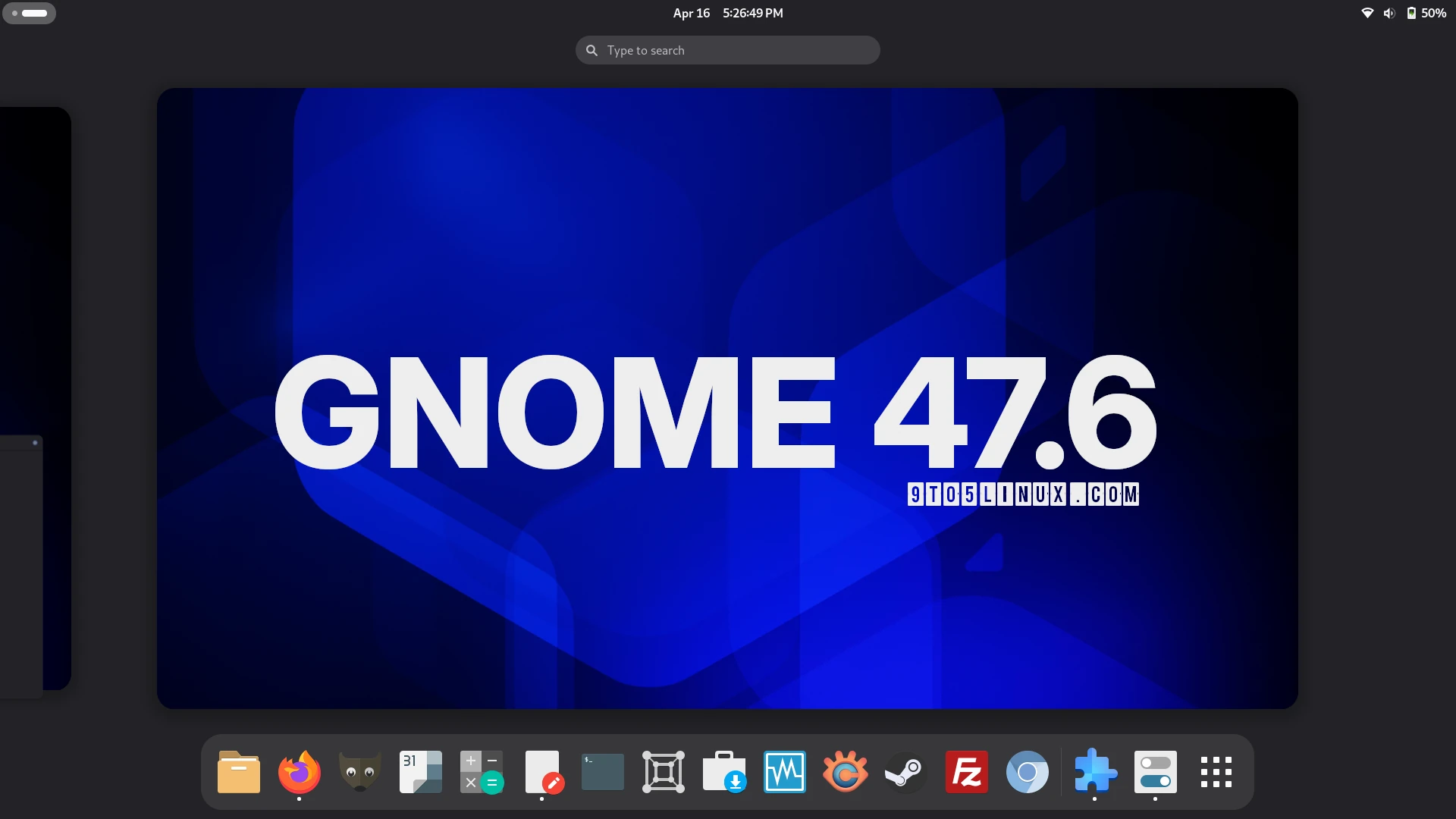- 1.35K Posts
- 112 Comments
Looks pretty cool. Has anyone experience how well pen and touch works together on Gnome? Is eg touch deactivated when the pen is active?

 3·1 month ago
3·1 month agoBut it’s a good starting point. Better than inventing everything from the scratch.

 2·2 months ago
2·2 months agoIt’s not me, but that’s weird. Thanks for the hint. I’ll remove it.

 1·2 months ago
1·2 months agodeleted by creator

 1·2 months ago
1·2 months agoWelcome to the Fediverse. I add those in lemmy and they are forwarded to Mastodon.
deleted by creator

 3·2 months ago
3·2 months agoI guess it was too late for that part and that it will be added in the next version.

 2·3 months ago
2·3 months agoMaybe some things might be also easier to implement as they are using a toolkit that costs at least 3670 €/year per dev (if you use it for proprietary stuff). 😀

 53·3 months ago
53·3 months agoOpenVox is the modern open source implementation of the world’s most capable configuration management platform – trusted by everyone from the smallest hobbyist to operators of some of the largest commercial infrastructures in the business.
Try OpenVox as the engine powering your infrastructure deployment and configuration needs and see why it’s the industry standard in resource abstraction and drift remediation.

 2·3 months ago
2·3 months agoNo, it’s not. You can write apps for Gnome in a bunch of different programming languages.

 1·3 months ago
1·3 months agoShould me mobile apps, my bad 😂

 4·3 months ago
4·3 months agoYes, they are mine. I guess the question is targeted if they are done on a mobile device. The screenshots are done on Fedora Silverblue Gnome on a Dell XPS 13 laptop developer version (~7 years old). But I also have the Librem 5.
You can put the newer apps in a ‘simulate phone screen’ mode (it’s still in development).

 2·3 months ago
2·3 months agoI know there is a lot of hate around.
Nevertheless I find it a good example, because I think they have implemented the adaptivity between big and small screen sizes very well.

 28·3 months ago
28·3 months agoI think it’s the other way round, when the amount of interesting SW is rising,the probability of good HW will be higher. And yes, as we can see, the SW can be developed independent of HW.

 5·3 months ago
5·3 months agoDidn’t I write e.g.?

 1·3 months ago
1·3 months agodeleted by creator

 27·3 months ago
27·3 months agoe.g. Fractal can scale down to mobile:



 21·3 months ago
21·3 months agoThey are enabled to (also) run on phones. E.g. libadwaita makes it possible to write application which can adapt to the screen size and therefore run on big and small screens.







I assume it’s rather to improve the ability to cross compile Gnome applications so they can run on macOS.